What is Wind Energy?
Wind is moving air. We can use the energy in wind to do work. Early Egyptians used the wind to sail ships on the Nile River. People still use wind to move them in sailboats. In the Netherlands, people used windmills to grind wheat. The Pilgrims used windmills to grind corn, to pump water, and to run sawmills. Today, we use wind to make electricity.
Wind energy is a converted form of solar energy which is produced by the nuclear fusion of hydrogen (H) into helium (He) in its core. The H → He fusion process creates heat and electromagnetic radiation streams out from the sun into space in all directions. Though only a small portion of solar radiation is intercepted by the earth, it provides almost all of earth’s energy needs.
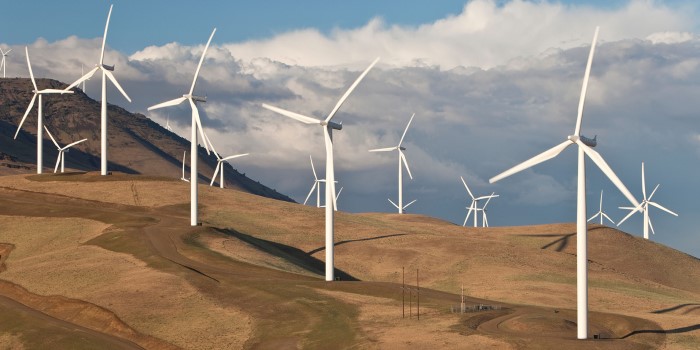
Wind energy represents a mainstream energy source of new power generation and an important player in the world's energy market. As a leading energy technology, wind power’s technical maturity and speed of deployment is acknowledged, along with the fact that there is no practical upper limit to the percentage of wind that can be integrated into the electricity system. It has been estimated that the total solar power received by the earth is approximately 1.8 × 10 11 MW. Of this solar input, only 2% (i.e. 3.6 × 10 9 MW) is converted into wind energy and about 35% of wind energy is dissipated within 1000 m of the earth’s surface. Therefore, the available wind power that can be converted into other forms of energy is approximately 1.26 × 10 9 MW. Because this value represents 20 times the rate of the present global energy consumption, wind energy in principle could meet entire energy needs of the world.
Compared with traditional energy sources, wind energy has a number of benefits and advantages. Unlike fossil fuels that emit harmful gases and nuclear power that generates radioactive wastes, wind power is a clean and environmentally friendly energy source. As an inexhaustible and free energy source, it is available and plentiful in most regions of the earth. In addition, more extensive use of wind power would help reduce the demands for fossil fuels, which may run out sometime in this century, according to their present consumptions. Furthermore, the cost per kWh of wind power is much lower than that of solar power.
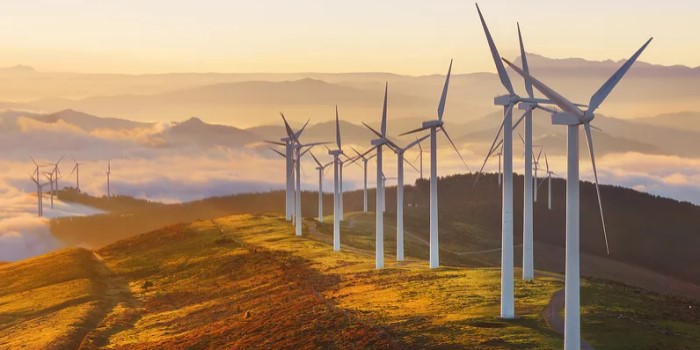
The rising concerns over global warming, environmental pollution, and energy security have increased interest in developing renewable and environmentally friendly energy sources such as wind, solar, hydropower, geothermal, hydrogen, and biomass as the replacements for fossil fuels. Wind energy can provide suitable solutions to the global climate change and energy crisis. The utilization of wind power essentially eliminates emissions of CO 2 , SO 2 , NO x and other harmful wastes as in traditional coal-fuel power plants or radioactive wastes in nuclear power plants. By further diversifying the energy supply, wind energy dramatically reduces the dependence on fossil fuels that are subject to price and supply instability, thus strengthening global energy security.
During the recent three decades, tremendous growth in wind power has been seen all over the world. The wind power industry is also on its way to booming development and has a bright future and room for growth in the world. In 2009, the global annual installed wind generation capacity reached a record-breaking 37 GW, bringing the world total wind capacity to 158 GW. As the most promising renewable, clean, and reliable energy source, wind power is highly expected to take a much higher portion in power generation in the coming decades.
Wind energy is a converted form of solar energy which is produced by the nuclear fusion of hydrogen (H) into helium (He) in its core. The H → He fusion process creates heat and electromagnetic radiation streams out from the sun into space in all directions. Though only a small portion of solar radiation is intercepted by the earth, it provides almost all of earth’s energy needs.

Wind energy represents a mainstream energy source of new power generation and an important player in the world's energy market. As a leading energy technology, wind power’s technical maturity and speed of deployment is acknowledged, along with the fact that there is no practical upper limit to the percentage of wind that can be integrated into the electricity system. It has been estimated that the total solar power received by the earth is approximately 1.8 × 10 11 MW. Of this solar input, only 2% (i.e. 3.6 × 10 9 MW) is converted into wind energy and about 35% of wind energy is dissipated within 1000 m of the earth’s surface. Therefore, the available wind power that can be converted into other forms of energy is approximately 1.26 × 10 9 MW. Because this value represents 20 times the rate of the present global energy consumption, wind energy in principle could meet entire energy needs of the world.
Compared with traditional energy sources, wind energy has a number of benefits and advantages. Unlike fossil fuels that emit harmful gases and nuclear power that generates radioactive wastes, wind power is a clean and environmentally friendly energy source. As an inexhaustible and free energy source, it is available and plentiful in most regions of the earth. In addition, more extensive use of wind power would help reduce the demands for fossil fuels, which may run out sometime in this century, according to their present consumptions. Furthermore, the cost per kWh of wind power is much lower than that of solar power.

The rising concerns over global warming, environmental pollution, and energy security have increased interest in developing renewable and environmentally friendly energy sources such as wind, solar, hydropower, geothermal, hydrogen, and biomass as the replacements for fossil fuels. Wind energy can provide suitable solutions to the global climate change and energy crisis. The utilization of wind power essentially eliminates emissions of CO 2 , SO 2 , NO x and other harmful wastes as in traditional coal-fuel power plants or radioactive wastes in nuclear power plants. By further diversifying the energy supply, wind energy dramatically reduces the dependence on fossil fuels that are subject to price and supply instability, thus strengthening global energy security.
During the recent three decades, tremendous growth in wind power has been seen all over the world. The wind power industry is also on its way to booming development and has a bright future and room for growth in the world. In 2009, the global annual installed wind generation capacity reached a record-breaking 37 GW, bringing the world total wind capacity to 158 GW. As the most promising renewable, clean, and reliable energy source, wind power is highly expected to take a much higher portion in power generation in the coming decades.
Post a Comment:
You may also like:

Featured Articles
What is a Capacity Factor?
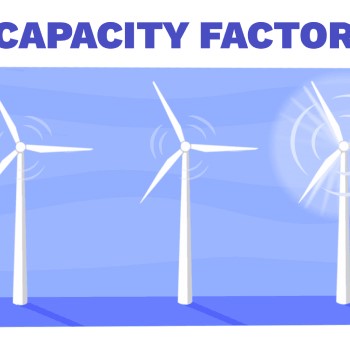 Wind turbines convert the kinetic energy in moving air into rotational energy, which in turn is converted to ...
Wind turbines convert the kinetic energy in moving air into rotational energy, which in turn is converted to ...
 Wind turbines convert the kinetic energy in moving air into rotational energy, which in turn is converted to ...
Wind turbines convert the kinetic energy in moving air into rotational energy, which in turn is converted to ...Basics of Wind Farms
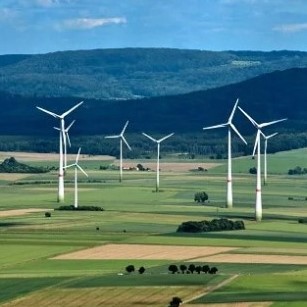 Throughout history, wind has been used to move grain mills or push the vessels that sailed the seas. However, it was not ...
Throughout history, wind has been used to move grain mills or push the vessels that sailed the seas. However, it was not ...
 Throughout history, wind has been used to move grain mills or push the vessels that sailed the seas. However, it was not ...
Throughout history, wind has been used to move grain mills or push the vessels that sailed the seas. However, it was not ...Basics of Wind Energy Production
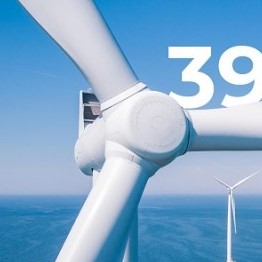 In the United States, most wind energy is commercially generated for delivery and sale on the grid. Wind projects vary in ...
In the United States, most wind energy is commercially generated for delivery and sale on the grid. Wind projects vary in ...
 In the United States, most wind energy is commercially generated for delivery and sale on the grid. Wind projects vary in ...
In the United States, most wind energy is commercially generated for delivery and sale on the grid. Wind projects vary in ...Wind Farm Siting, Installation and ...
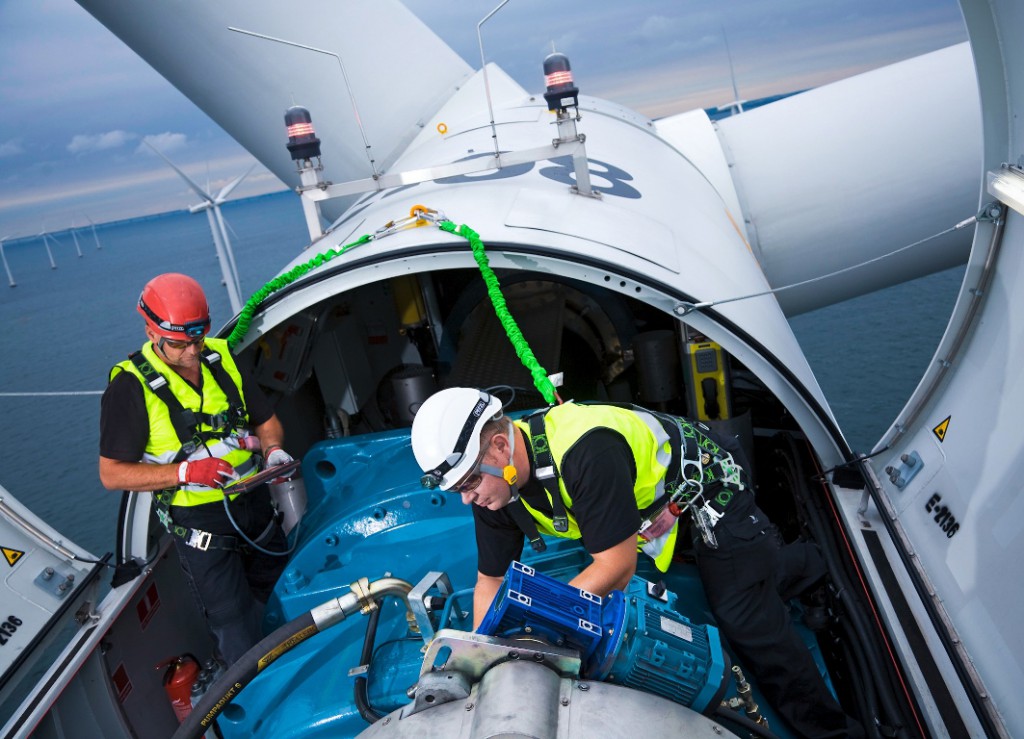 Before wind turbines can be installed, the most appropriate location or locations for them needs to be determined. The ...
Before wind turbines can be installed, the most appropriate location or locations for them needs to be determined. The ...
 Before wind turbines can be installed, the most appropriate location or locations for them needs to be determined. The ...
Before wind turbines can be installed, the most appropriate location or locations for them needs to be determined. The ...What is Wind Energy?
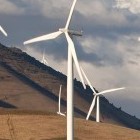 Wind is moving air. We can use the energy in wind to do work. Early Egyptians used the wind to sail ships on the Nile River. ...
Wind is moving air. We can use the energy in wind to do work. Early Egyptians used the wind to sail ships on the Nile River. ...
 Wind is moving air. We can use the energy in wind to do work. Early Egyptians used the wind to sail ships on the Nile River. ...
Wind is moving air. We can use the energy in wind to do work. Early Egyptians used the wind to sail ships on the Nile River. ...